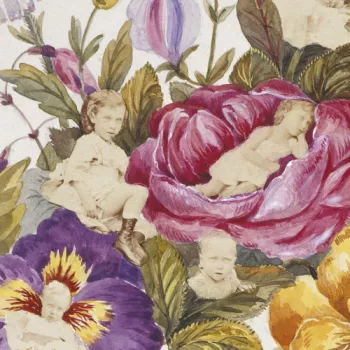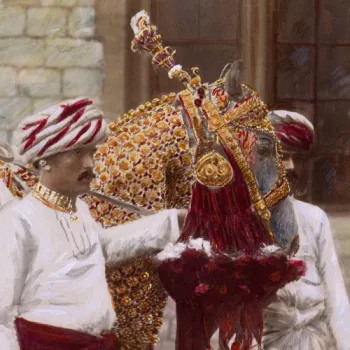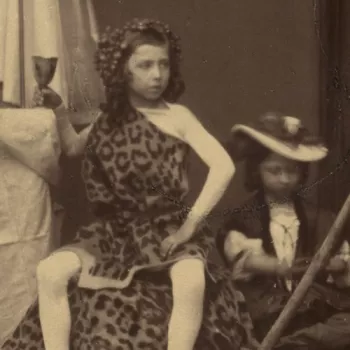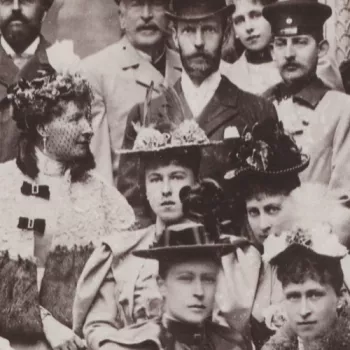Setting the scene: Photographic portraits
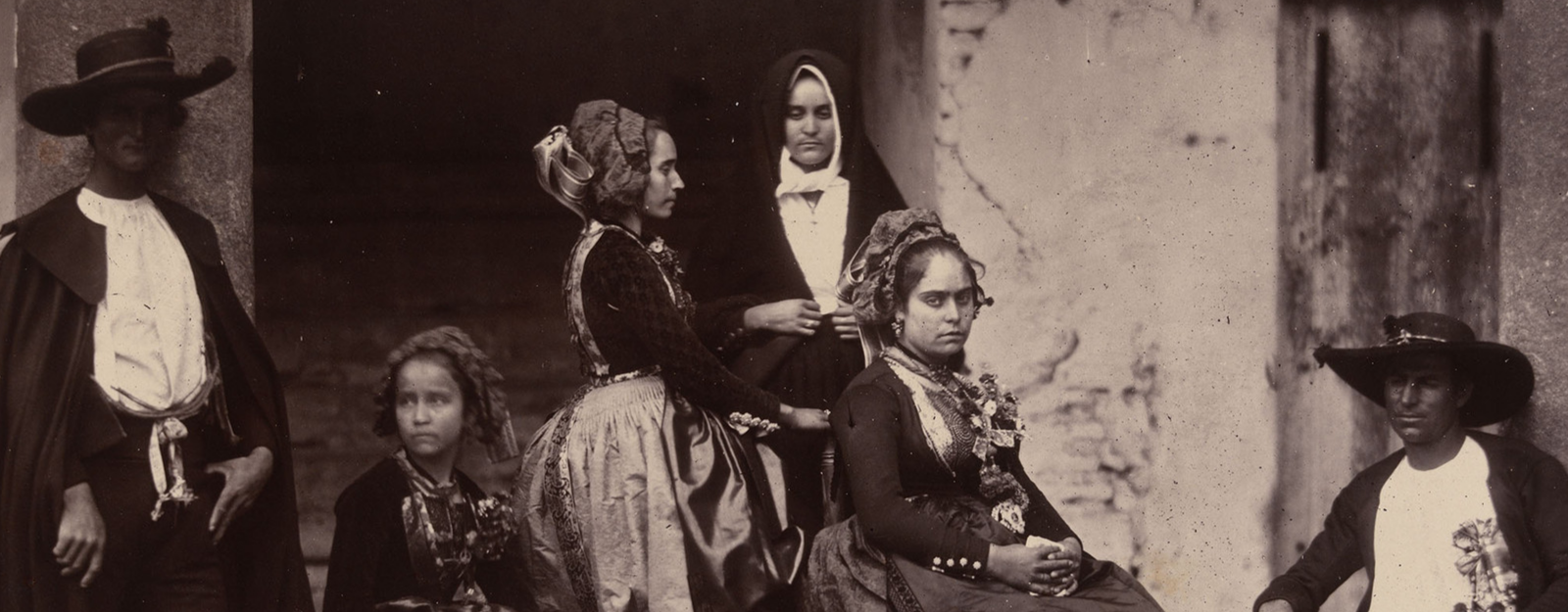
Try out the techniques of nineteenth-century photographers, by taking a photographic portrait of someone in your family. Be inspired by examples of early photographs in the Royal Collection.
Step 1 – Create a backdrop
Early photographers often painted backgrounds onto the surface of a photograph or used backdrops in their studios to make it appear as though the sitter was standing in a beautiful garden, in front of a castle, or surrounded by the sky, as Prince Albert is here.
Decide what scene you would like to set for your photograph portrait and get creative! You might want to paint your own backdrop on a large sheet of paper, or you might want to use other items in your house such as curtains, colourful wallpaper or even your garden to create interesting scenery.
Step 2 – Pick your props
When sitting for photographic portraits, people in the 1800s were encouraged to select personal objects that expressed something about their personality or interests to include in the photograph. For example, can you see a musical instrument in this picture? Why do you think the lady wanted to include this in the portrait?
In this portrait of Queen Victoria, she is holding a photograph of a man. Who do you think he is? What do you think she feels about him – and why might she hold a picture of him?
Choose which objects you would like to hold or feature in your image.
Step 3 – Clothes, pose and posture
Now you need to think about how the person sitting for your portrait will look.
What will they be wearing?
In this image, the people in the photograph are attending a wedding. Do their clothes look special?
Pose, posture and gesture are how the person appears in the image – are they standing up or sitting down? Do they look confident? If so, they might be standing in a proud pose, such as the boy in this photograph. Perhaps they wish to look thoughtful – if so they might not be looking directly at the camera. Ask your sitter how they feel and decide together how they will sit or stand in your photograph.
Now you are ready
Now you’ve followed the steps of a nineteenth-century photographer, you are ready to take your photograph! You might wish to apply the ‘sepia’ filter to your image, to get an old, black-and-white, ‘nineteenth-century’ look.
You can share your finished portraits with us in a tweet, tagging @RCT or on Instagram @royalcollectiontrust. We look forward to seeing your portraits!




